The Berkshires Bowling Alley that Inspired "The Big Lebowski"
It’s been 36 years since the release of The Big Lebowski, the irreverent cult comedy by Joel and Ethan


In the winter of 1888, Vincent Van Gogh came to the conclusion that he could no longer live and paint in Paris. Writing to his brother, he lamented:
It seems to me almost impossible to be able to work in Paris, unless you have a refuge in which to recover and regain your peace of mind and self-composure.
In search of a quieter, quainter life, Van Gogh headed for Arles, a small city in Provence.
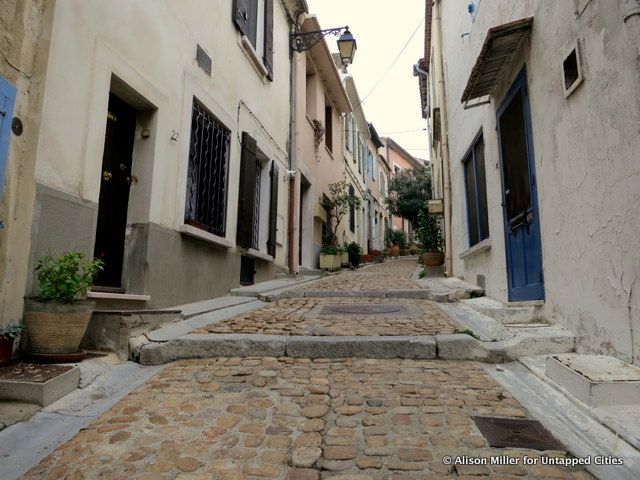
The city had not always been so quaint. In 40 BC, Arles (then called Arelate) provided military assistance to Julius Caesar in a key battle against Pompey. It fell into the Roman Empire’s good graces as a result and grew into a significant military, cultural, and religious center. Today, these influences are hard to miss: the quiet residential streets of Arles wind around a giant amphitheatre, among other impressive Roman monuments.
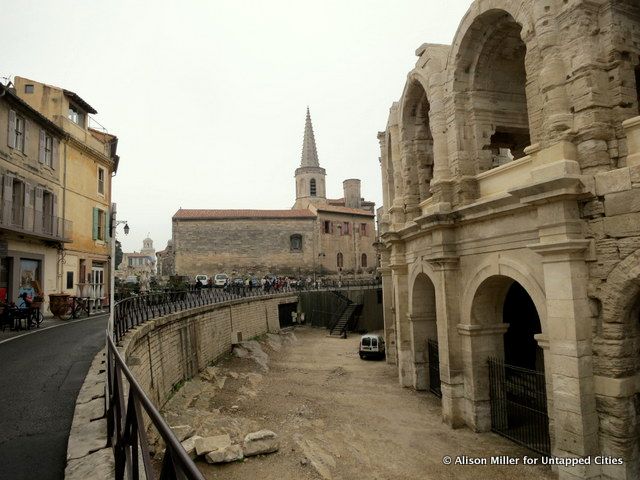
This grand Roman legacy was far from Van Gogh’s mind when he chose to settle in what was then a somewhat faded town. This faded quality, however, was exactly what he was looking for as he sought a break from the hustle and bustle of Paris. He wrote to his brother:
I believe that the town of Arles was once infinitely more glorious for the beauty of its women, for the beauty of its traditional dress. Now it all looks sickly and faded as far as character goes. But if you look at it for a long time, the old charm reveals itself.
Perhaps above all, Van Gogh enjoyed the beautiful light and weather of Provence, “where outdoor work is possible almost all the year round.” He continued to work outdoors long after the sun set, famously capturing scenes like the “Starry Night Over the Rhone.” Legend has it that the increasingly eccentric painter was seen balancing candles on his wide-brimmed straw hat so he could continue to work through the evenings.
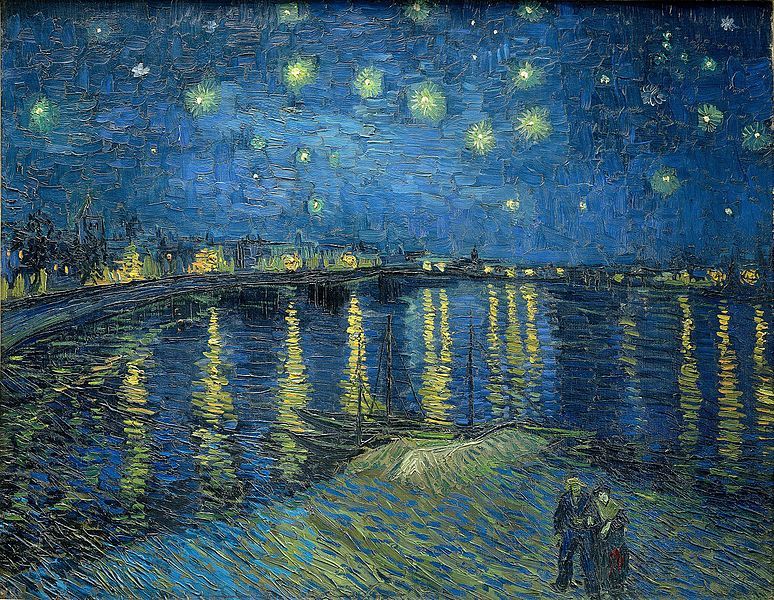
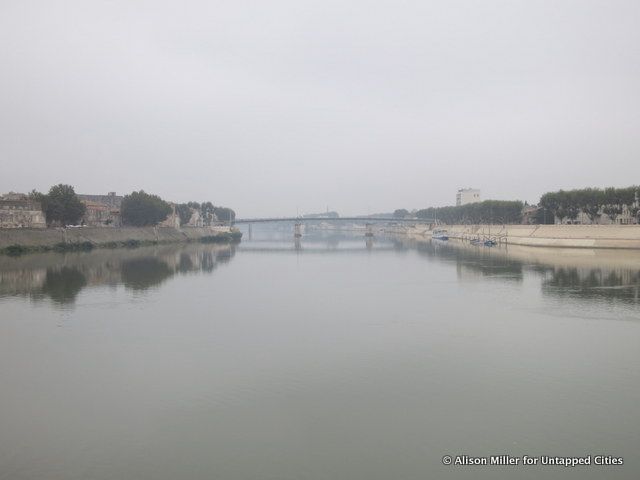
Despite only living there for a little more than a year, Van Gogh created many of his greatest paintings in Arles. He originally hoped to found an artists’ colony in the city, thinking that his friends would find Arles just as inspiring as he did. Van Gogh repeatedly urged his friend Paul Gauguin to join him in the South, telling him:
[E]ven while working I never cease to think about this enterprise of setting up a studio with yourself and me as permanent residents,…which we’d both wish to make into a shelter and a refuge for our pals[.]
When Gauguin arrived in October 1888, he stayed in a room in Van Gogh’s rented yellow house (no longer standing in Arles, but immortalized by the artist inside and out).

The artists’ colony never got off the ground. Van Gogh became ever more unstable, getting into fights with his friend and ultimately threatening Gauguin with the razor blade later used to cut off his own earlobe. Van Gogh spent the rest of his life in and out of hospitals but continued to paint up until his death in 1890.
Today, visitors in Arles can walk in Van Gogh’s footsteps, connecting contemporary sights with the artist’s interpretations. The city has set up easels to mark some of Van Gogh’s more famous subjects, allowing for direct comparisons.
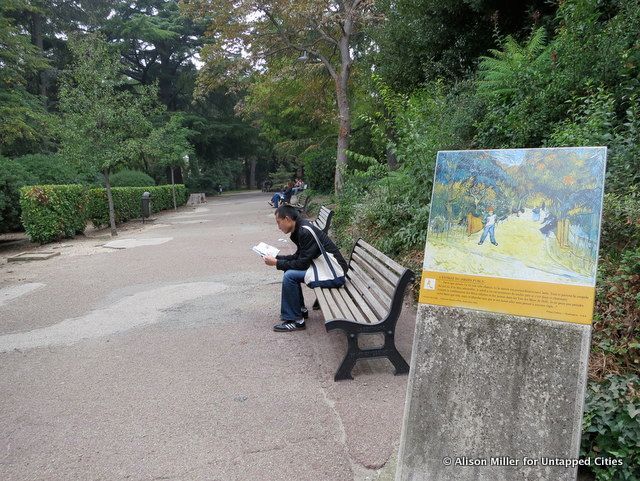
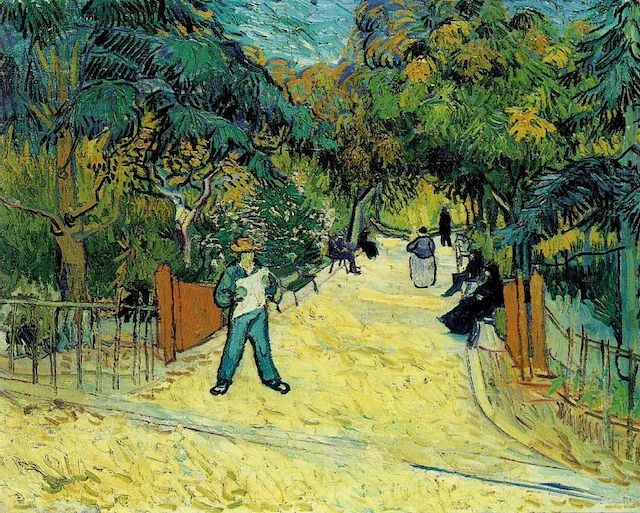
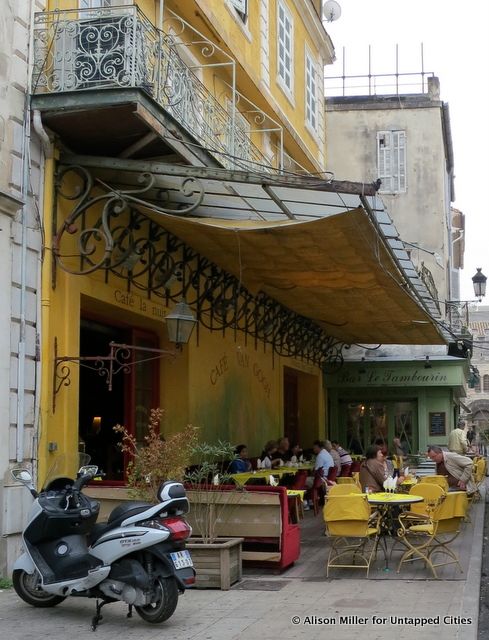
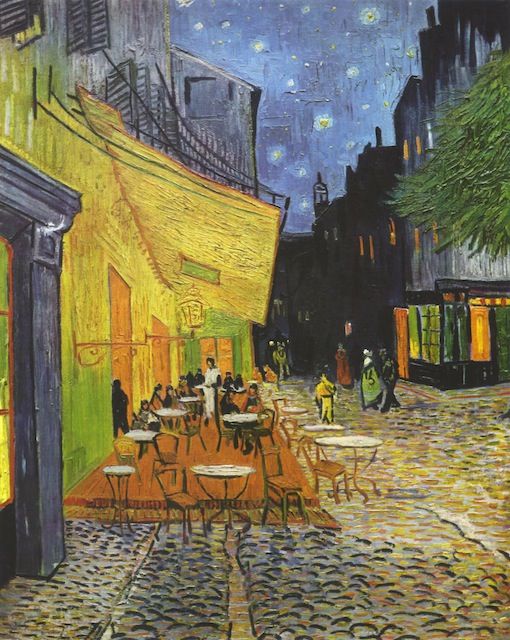
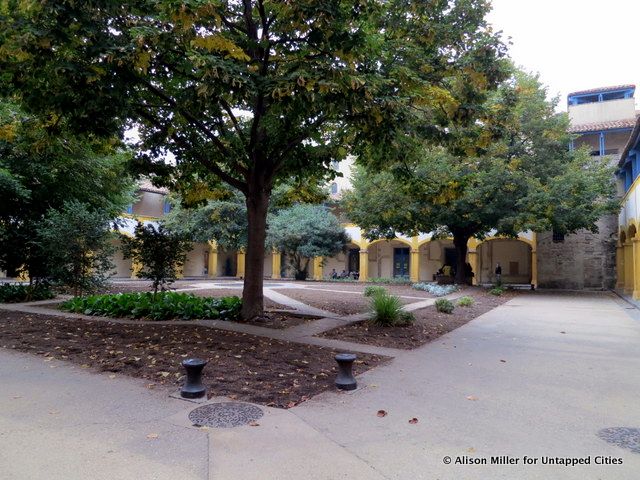

As a small town, Arles is enjoyable as a day-long excursion from within Provence and is easily walkable. It’s accessible by train or bus from larger hubs in the region, including Aix-en-Provence, Avignon, and Marseille. For more on the South of France, check out the Untapped Guide to the French Riviera.
Subscribe to our newsletter